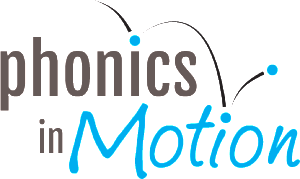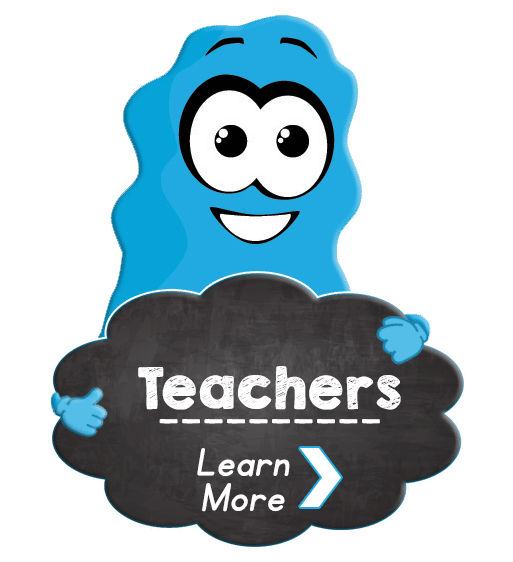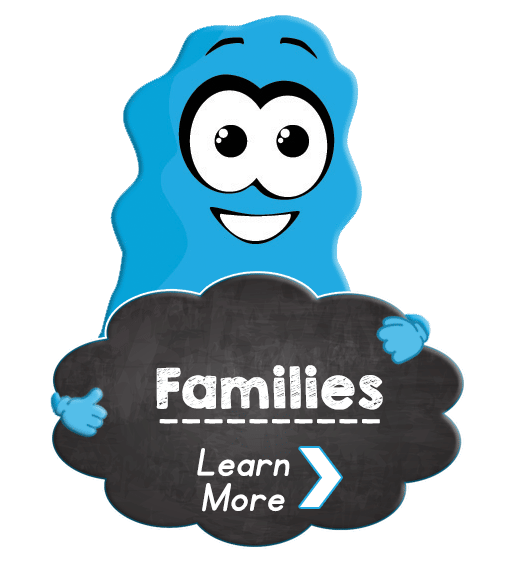Phonics For Kids: Choosing A Curriculum
 Phonics instruction is one of the crucial components of a child’s educational journey. Phonics teaches children the relationship between letters and sounds, enabling them to decode and comprehend written words. With numerous literacy curricula available, choosing the right one can be overwhelming.
Phonics instruction is one of the crucial components of a child’s educational journey. Phonics teaches children the relationship between letters and sounds, enabling them to decode and comprehend written words. With numerous literacy curricula available, choosing the right one can be overwhelming.
When choosing a literacy, look for a defined scope & sequence, explicit teaching methods, research-backed delivery methods, multisensory components, and child-friendly routines.
What Is Phonics?
Phonics is a method of teaching reading and spelling that focuses on the relationship between sounds and letters. It involves teaching children to recognize and associate the sounds of spoken language with the letters and letter patterns that represent those sounds. By understanding the phonetic principles, children can decode words and read with greater fluency and accuracy. This type of instruction typically starts with teaching individual letter sounds, then progresses to blending those sounds together to form words.
What Is Decoding?
Decoding is the ability to apply phonics skills to read and pronounce words accurately. It involves breaking down words into their individual sounds and blending them together to form recognizable words. Effective decoding skills are crucial for fluent reading and comprehension. When children become proficient in decoding, they can tackle unfamiliar words, build vocabulary, and comprehend written text more effectively.
What To Look For In A Phonics Curriculum
When selecting a curriculum, it’s essential to consider certain key elements that contribute to its effectiveness.
Feature 1. Systematic Instruction
A strong phonics curriculum should provide systematic instruction, which means it presents the material in a logical, sequential manner. It introduces concepts progressively, starting with basic letter sounds and gradually incorporating more complex letter patterns and word structures. A systematic approach ensures that children learn skills in a structured and cohesive way, building a solid foundation for reading and spelling.
Feature 2. Explicit Instruction
Explicit instruction is another crucial aspect to consider in a phonics curriculum. It involves clear and direct teaching of foundational concepts, leaving no room for guesswork or assumptions. An effective curriculum explicitly teaches letter sounds, blends, digraphs, and other phonetic elements, providing explicit explanations and modeling of how to apply these skills to reading and spelling. Explicit instruction promotes a deeper understanding of language rules and helps children make meaningful connections between sounds and letters.
Feature 3. Brain-Based Instruction Techniques
Effective phonics curricula incorporate brain-based instructional techniques that align with how the brain processes and retains information. Research shows that engaging multiple areas of the brain enhances learning and improves long-term memory. Look for a curriculum that incorporates activities and strategies such as songs, movement, games, and visual aids to engage children in active learning. These techniques make instruction enjoyable and memorable, leading to better retention and application of skills.
Feature 4. Multisensory Instruction
Multisensory instruction is a powerful approach that taps into different senses—visual, auditory, kinesthetic, and tactile—to enhance learning. A quality curriculum should include activities that involve seeing, hearing, and physically manipulating letters and sounds. For example, children might use letter tiles or magnetic letters to build words, trace letters with their fingers, or engage in oral activities that require them to listen and respond. By engaging multiple senses, multisensory instruction deepens children’s understanding of phonics concepts and promotes stronger neural connections.
Feature 5. Child-Friendly Instruction
Children learn best when instruction is tailored to their needs and delivered in a child-friendly manner. A phonics curriculum should be age-appropriate, visually appealing, and engaging for children. Look for curricula that incorporate colorful illustrations, captivating stories, and interactive elements. Consider the curriculum’s overall design and layout, ensuring that it is accessible and easy for children to navigate independently. A child-friendly curriculum creates a positive learning environment, fostering enthusiasm and motivation for reading.
 Phonics in Motion: Meeting the Criteria for an Effective Phonics Curriculum
Phonics in Motion: Meeting the Criteria for an Effective Phonics Curriculum
When it comes to selecting a curriculum, Phonics in Motion stands out as a comprehensive and effective program that incorporates all the essential elements for successful literacy instruction. Let’s explore how Phonics in Motion meets the criteria for an outstanding curriculum:
Method 1. A Defined Scope & Sequence
Phonics in Motion provides a systematic approach to phonics instruction, ensuring that children learn skills in a structured and sequential manner. The curriculum follows a logical progression, starting with the teaching of individual letter sounds and gradually building upon that foundation to introduce more complex letter patterns and word structures. This systematic approach allows students to develop a strong understanding of concepts and ensures a solid foundation for reading and spelling.
Method 2. Explicit Phonics Instruction
Phonics in Motion excels in providing explicit instruction. The program explicitly teaches letter sounds, blends, digraphs, and other phonetic elements, leaving no room for confusion or guesswork. The curriculum includes clear explanations, demonstrations, and modeling of how to apply phonics skills to reading and spelling. By making the connections between sounds and letters explicit, Phonics in Motion helps children develop a deeper understanding of rules and enhances their ability to apply those rules independently.
Method 3. Research-Backed Literacy Routines
Phonics in Motion incorporates brain-based instructional techniques that engage multiple areas of the brain, enhancing learning and memory retention. The curriculum integrates activities such as songs, movement, games, and visual aids to make phonics instruction interactive and enjoyable. These techniques stimulate different senses, creating a multisensory learning experience that strengthens neural connections. By leveraging brain-based instruction techniques, Phonics in Motion maximizes student engagement and promotes long-term retention of phonics skills.
Method 4. Motion-Focused Phonics Instruction
Phonics in Motion recognizes the power of multisensory instruction and incorporates it into its approach. The curriculum provides opportunities for students to engage with letters and sounds using various senses, including visual, auditory, kinesthetic, and tactile modalities. Students are taught motions for each phoneme that are a 1:1 match for the articulation of each sound. Instead of tapping or clapping, these motions give children information about how the sound is produced. By involving multiple senses, Phonics in Motion reinforces learning and helps students develop a stronger understanding of concepts.
Method 5. Student-Centered Approach
Phonics in Motion is designed with the needs and interests of children in mind. The curriculum features a visually appealing and age-appropriate layout that captivates students’ attention. Colorful illustrations, captivating stories, and interactive elements make the learning experience enjoyable and engaging. Phonics in Motion understands the importance of creating a positive learning environment, fostering enthusiasm, and motivating children to develop a lifelong love for reading.
In addition to meeting these essential criteria, Phonics in Motion offers a range of supplementary materials and resources to support both educators and parents. The program provides comprehensive lesson plans, assessments, and progress monitoring tools, enabling teachers to effectively track students’ growth and tailor instruction to individual needs. Moreover, Phonics in Motion offers parent involvement strategies and resources, encouraging collaboration between home and school to reinforce crucial skills.





